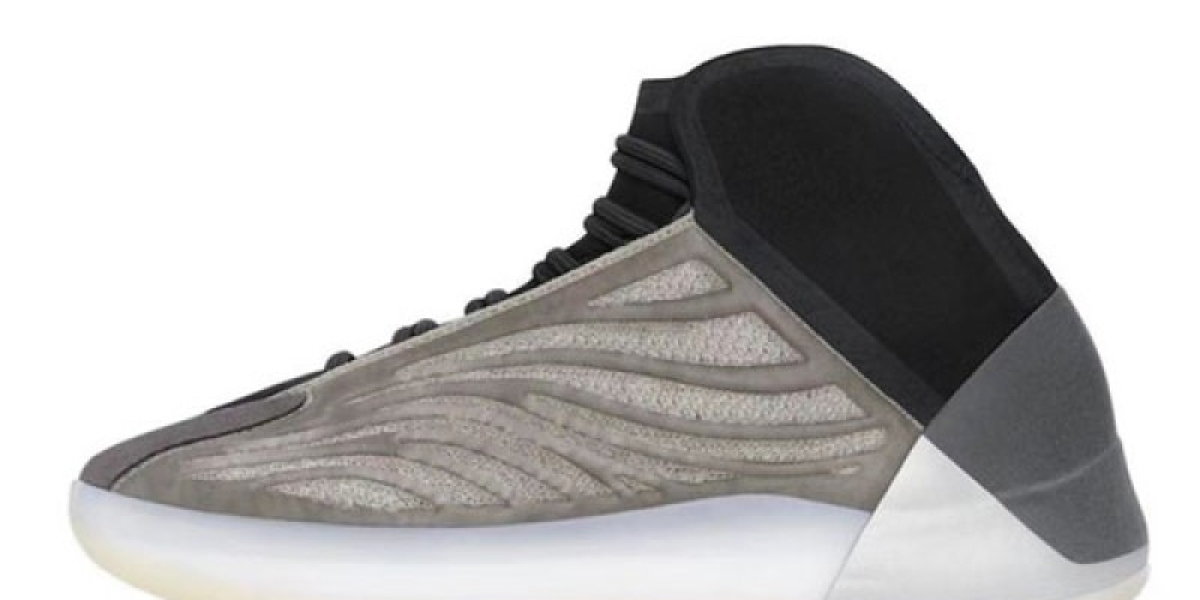The ball bearing market is witnessing significant growth due to the increasing demand for high-performance bearings across various industries, including automotive, aerospace, and manufacturing. Ball bearings are crucial components that reduce friction and enhance the efficiency of machinery. With advancements in technology and materials, manufacturers are developing innovative bearing solutions that offer improved durability and performance. The rising trend towards automation and the need for energy-efficient machinery are further driving the market's expansion, making ball bearings essential for modern industrial applications.
The Ball Bearing Market is an essential segment of the global industrial machinery ecosystem. Ball bearings are mechanical components that reduce friction and enhance the efficiency of rotating machinery. They are used in numerous applications across industries such as automotive, aerospace, industrial equipment, electronics, and energy. The growing demand for high-performance machinery and precision engineering is driving strong market growth.
Market Overview
Ball bearings are designed to support radial and axial loads while minimizing friction between moving parts. As industries become more automated and technologically advanced, the demand for high-speed, durable, and maintenance-free bearings continues to rise. The market has evolved significantly with the introduction of ceramic, hybrid, and specialty bearings, which offer superior performance in extreme conditions.
Market Drivers and Growth Factors
The automotive sector remains the largest consumer of ball bearings. With the transition toward electric vehicles, there is an increasing need for lightweight, energy-efficient, and long-lasting bearings. The industrial sector’s push toward automation and robotics has also stimulated demand. Additionally, the wind energy sector relies heavily on precision bearings for turbines, contributing to market growth. Rapid urbanization and expanding manufacturing in developing regions are expected to further boost demand.
Technological Advancements and Innovations
Advancements in materials science have led to the development of ceramic and hybrid ball bearings with superior wear resistance and heat tolerance. Smart bearings equipped with sensors can now monitor temperature, vibration, and load in real-time, ensuring predictive maintenance and reducing downtime. Additive manufacturing techniques are also enabling customized bearing designs for niche applications, improving efficiency and longevity.
Challenges and Opportunities
Despite its robust growth potential, the ball bearing market faces challenges such as volatility in raw material prices and supply chain disruptions. The need for high precision and tight manufacturing tolerances also increases production costs. However, the growing focus on energy-efficient solutions and the expansion of electric mobility provide immense opportunities for innovation and growth.
Competitive Landscape
The market is highly competitive, with leading players focusing on R&D, product quality, and strategic collaborations. Global companies are expanding into emerging markets and investing in smart manufacturing technologies to gain a competitive edge. Partnerships with OEMs and diversification of product lines have become crucial strategies for long-term growth.
Future Outlook
The future of the ball bearing market lies in intelligent and sustainable design. With the increasing adoption of automation, smart sensors, and IoT integration, bearings are evolving from simple mechanical parts into key components of predictive maintenance systems. This transformation is expected to reshape industrial operations and open up new growth horizons.
FAQs
Q1: What are the main types of ball bearings?
A1: The main types include deep groove, angular contact, thrust, and self-aligning ball bearings.
Q2: Which industries are driving market demand?
A2: Automotive, industrial machinery, aerospace, and renewable energy sectors are major drivers.
Q3: What trends are shaping the market’s future?
A3: Smart bearings, sustainability, and hybrid materials are the leading trends.
More Related Reports:







